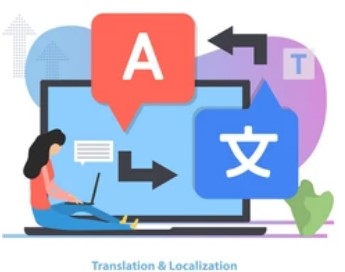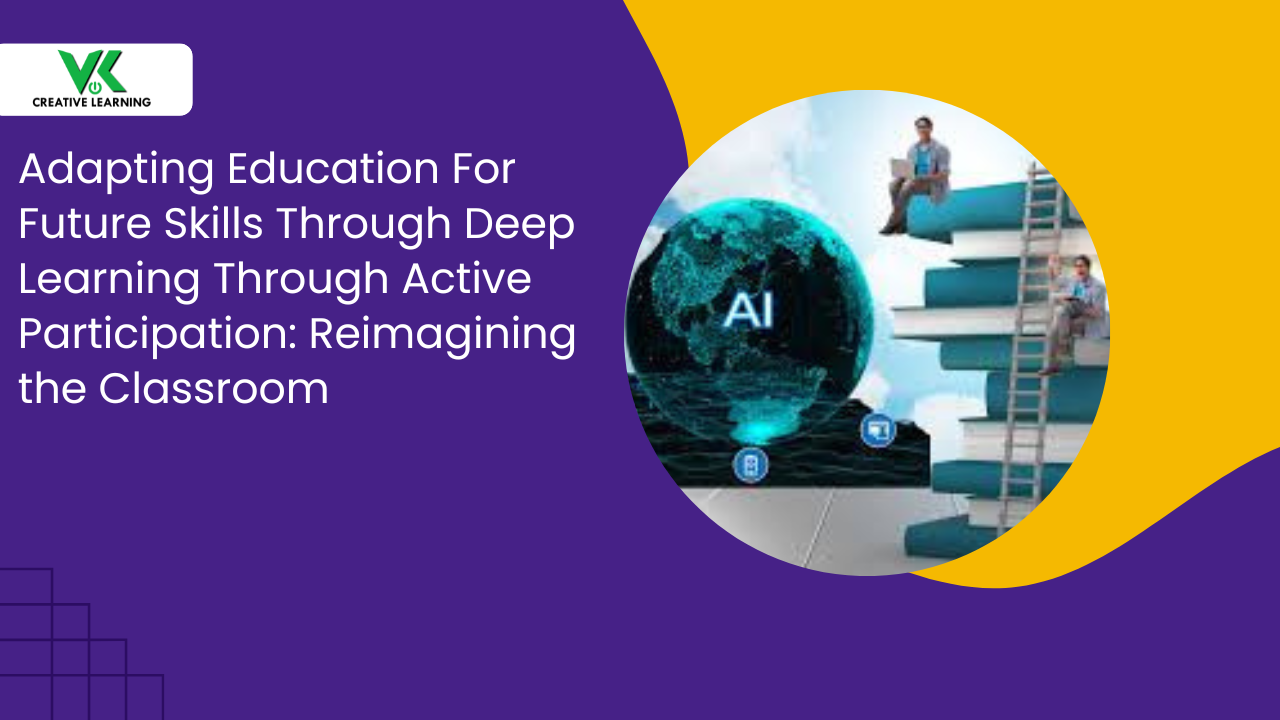Why do eLearning Translation and Localization Matter?
November 03, 2022
In the context of today's world, traditional eLearning programs and e-learning solutions based on a ‘one size fits all’ approach no longer remain relevant to all companies. Personalization is now the new industry norm.
The current generation hopes that their eLearning courses will have a variety of customization features, such as translation and localization, that will facilitate their comprehension of a concept and improve their learning abilities.
Therefore, combining eLearning translation and localization with the development of customized eLearning courses accelerates a learner’s progress.
Why opt for eLearning translation and localization service?
Consider the following scenario: your firm has a presence in Japan. Employees in Japan might seek instruction in their native tongue. It is possible that not all Japanese people are proficient in the English language. This is where localized e-learning solutions may be beneficial, as localized e-learning training content is developed.
According to research studies, the majority of employees may not like to participate in training if it is not provided in their native language. Therefore, it becomes necessary to contact an e-learning localization company that has extensive experience developing translated material based on the local culture.
In addition, e-learning localization and translation services may translate your current training materials into the language of your choice.
How to integrate translation into eLearning courseware?
Preparing your content for translation is the foremost step toward creating an awe-inspiring e-learning translation course. In line with this, resource preparatory work should start early in the development process so no delay occurs while the translation process starts.
This eases the burden of planning and preparation, lessens the possibility of technical translation errors, and speeds up the entire translation process (i.e. more cost-effective).
Visual or graphic-based translation
To save time and effort in the long run, performing small tasks like structuring your content for translation at the earliest stage is a good idea. Visual information, too, may be adapted to facilitate translation.
Graphics, buttons, interactive elements such as quizzes and games, and supplementary materials should also be translated, formatted appropriately, and included in the course without a hitch.
Video and audio
Video is an integral part of most eLearning translation procedures, and this has to be done in with voice-over narration or subtitles. For translation to be effective, the audio must be recorded, localized, re-recorded (or written, in the case of subtitles), and synchronized with the course.
Accuracy is essential in each of these processes for a successful eLearning translation. To deliver a successful translation, recording should be conducted in a professional studio by a native-speaking talent. The audio must be synchronized with the course in a manner that makes sense to the user once it has been recorded.
Localization
For accurate translation of a learning course, businesses should choose an eLearning translation provider that not only translates but also localizes course material for its intended audience.
Localization goes beyond just translating words. It ensures that cultural subtleties are considered, graphics are suitable, and the intended audience contextually comprehends all material.
After an eLearning course has been translated, it should be subjected to a thorough quality assessment by a native speaker of the local dialect to confirm that the whole course and all of its components have been translated accurately.
Adding cultural angle to localized eLearning courses
Given that courses intended for learners of a certain culture are not a suitable match for learners of a different culture, cultural influences on the instructional design must also be given significant emphasis. This renders localization as essential as translation, and the eLearning industry has begun creating culturally sensitive and relevant courses from the original source courses. This is accomplished by either adapting the animation, visual elements, storylines, audio, and video aspects, etc. to the intended culture or by keeping them culturally neutral to prevent difficulties.
Translation and localization of eLearning courses for distinct cultures are becoming more pertinent to make sure that learners in foreign geographies do not feel alienated due to a simple language or cultural mismatch.
Marketing, product, coaching and mentoring, and compliance training are instances of courses that must be localized so that the learner has current and accurate information on the culturally selected issue.
If you are one of the firms interested in e-learning translation and localization, you should consider us -- VK Creative Learning's (VKCL) e-learning development services. We have vast experience in developing different types of content; customized and tuned content to suit the language and culture of your choice.




